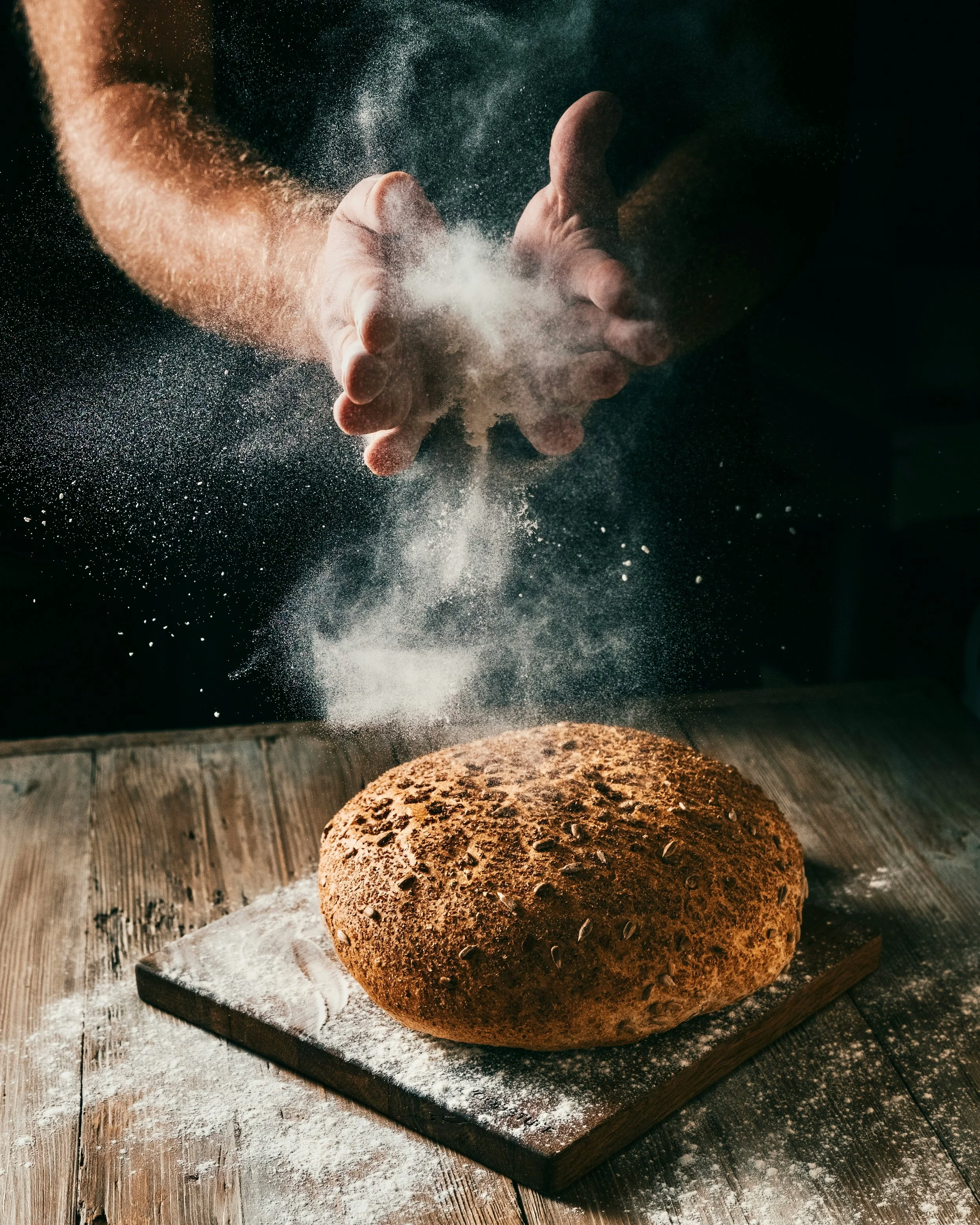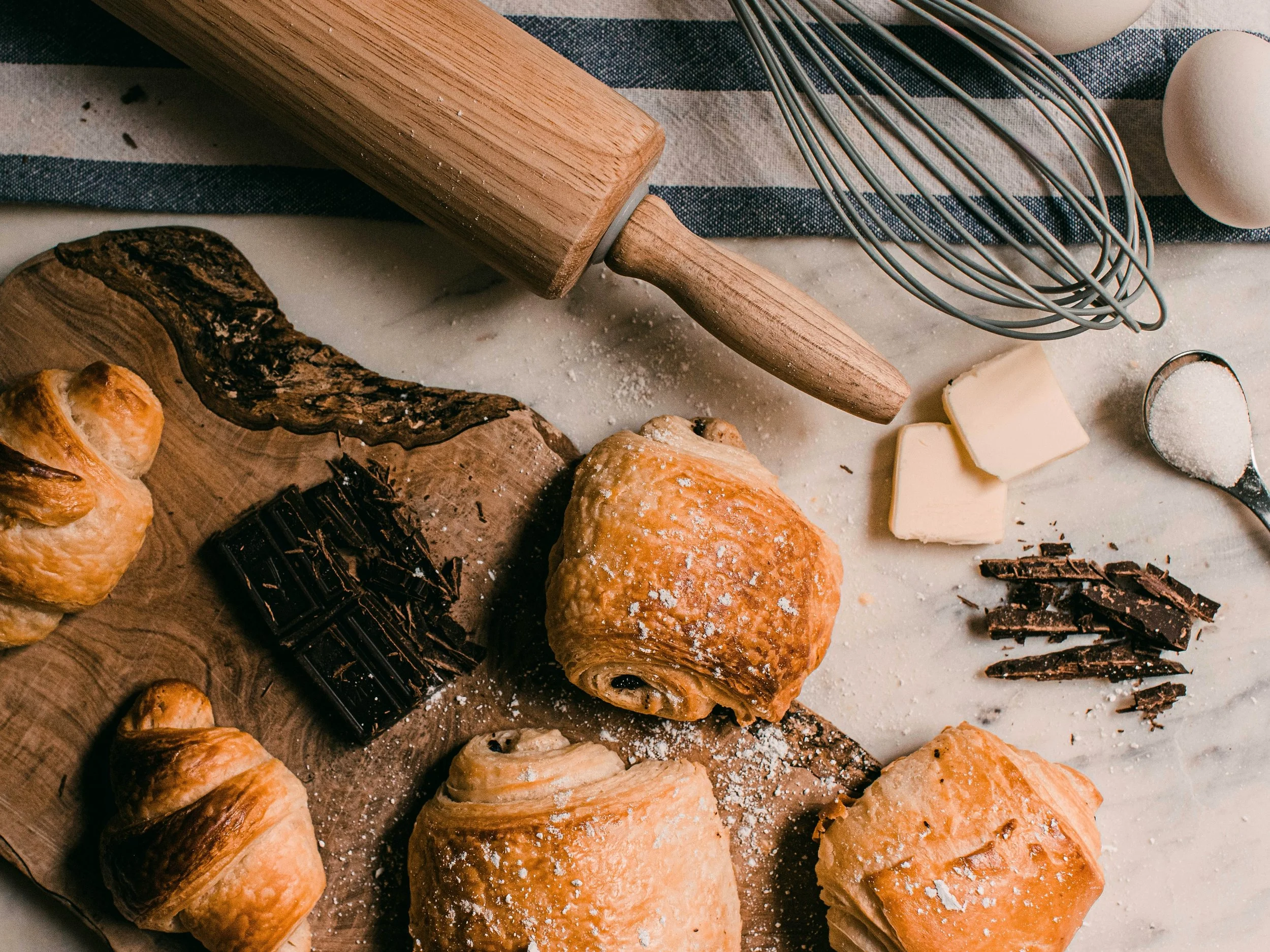EPISODE 2: THE ULITMATE GLUTEN FREE FLOUR GUIDE
Learn how to use gluten free flours the right way!
As awareness of gluten sensitivity and celiac disease has increased, so has the demand for gluten-free alternatives in baking and cooking. One of the most critical aspects of gluten-free baking is the selection of the right flour. In this guide, we will delve into the world of gluten-free flours, exploring their properties, uses, and how they interact in recipes.
The difference between gluten and gluten free flour
Baking with gluten-free flours poses unique challenges compared to traditional flours containing gluten. Gluten, a protein crucial for structure and elasticity in baking, is absent in gluten-free options. This absence makes it harder to achieve the desired texture, rise, and structural integrity in gluten-free baked goods. Challenges include the lack of elasticity, difficulty in providing structural support, absence of a natural binding agent, and variability among gluten-free flours.
Successful gluten-free baking requires a careful understanding of ingredient ratios, experimentation, and often the use of additional stabilizers to compensate for the absence of gluten. Despite these challenges, ongoing advancements in gluten-free baking have resulted in various flour blends and techniques to help overcome these obstacles.
Our favourite flours and their differences
In order to help you in this gluten-free baking journey, we wanted to share some of our recommandations. So here are our favourite types of gluten-free flours commonly used in baking, along with explanations of why they are great substitutes for wheat flour, and what are their advantages and disadvantages.
Download our free (limited until 1.6.2024) Gluten free flour guide now!


